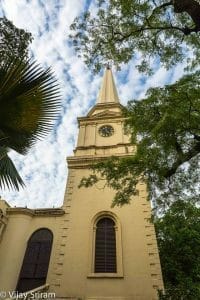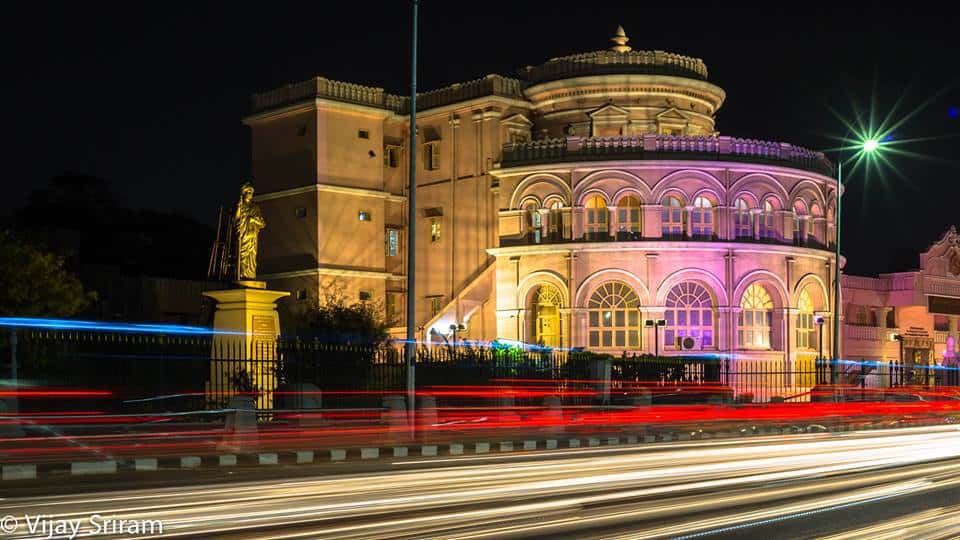First it was Madras Day, then Madras Week. And now some say it should be Madras Month. And if that were to be accepted, today would be the first day of Madras Month! Happy birthday month to namma Madras!
It has been reasonably established that 22 August 1639 was the day Andrew Cogan and Francis Day of the East India Company, purchased the village of Madrasapattinam from Damarla Venkatapathy, Nayak of Vandavasi, owing allegiance to the Vijayanagara kings. First, a trading post was established at the site. In 1640 the foundations of Fort St George were laid, and the rest, quite literally, is history.
In 1939, the British Government officially celebrated the 300th anniversary (tercentenary) celebrations of the city, by issuing compilations of volumes about the city, an exhibition of photographs of the city, a play on its history, etc.
The first post independence instance of Madras Day celebrations was in 1989 – the 350th anniversary – when a monument called Madras 350 was inaugurated at a prominent junction in the northern part of the city. In addition, the Murugappa group, once of the city’s most famous business houses, commissioned renowned historian S Muthiah to write a book, Madras – A Gracious City. They also organised the Madras Quiz – which continues to this day.
In 2004, journalist Vincent D’souza, who had been organising the Mylapore festival in January every year for a few years, mooted the idea of celebrating Madras Day, to fellow journalist Sashi Nair, and they approached and co-opted S Muthiah. The idea was to focus on the city, its history and its present.
In that year, five events were held. The following year saw the addition of historian and author Sriram V to the core team and the number of events began to grow. In 2007, the Chief Postmaster General of Tamil Nadu released a commemorative stamp on Madras Day, and over 60 events were reported for Madras Day 2008! By 2010, there were so many events that it could no longer all be done in a day, and Madras Week is what it became – August 22-28.
Madras Week 2014 – the 375th birthday of the city –broke the 100-event mark, and was reported in media across the country. The nature of events too keeps changing and expanding every year. At last count, Heritage Walks, Cycling trips, food walks, clean up drives, food festivals, radio shows, reading sessions, book launches, lectures about the history of the city, quiz competitions for school and college children, and for citizens senior and juniors — all these could be seen in the list. The spectrum is simply endless, and grows every year with more and more participation from the average citizen.
You can participate in any of them (several events require prior sign up) or you could organise one of your own. Drop an email to the organisers at <themadrasday@gmail.com>, and it will get added to the list.
To check all the details, register for events, include events for participation and dissemination, please visit www.themadrasday.in

